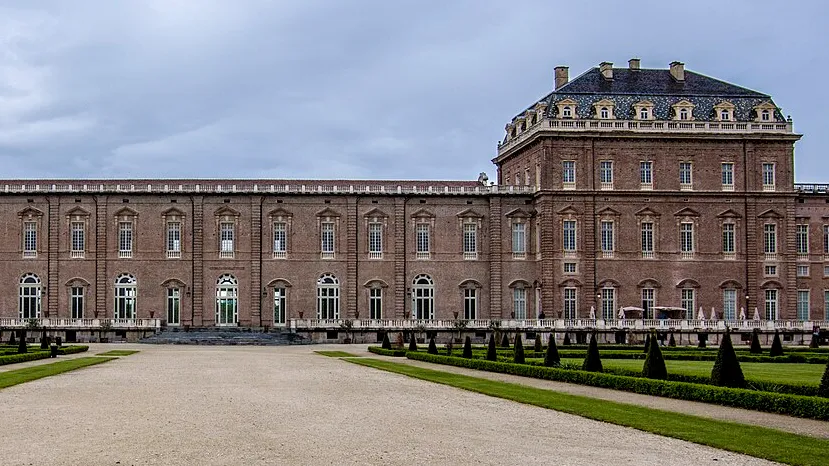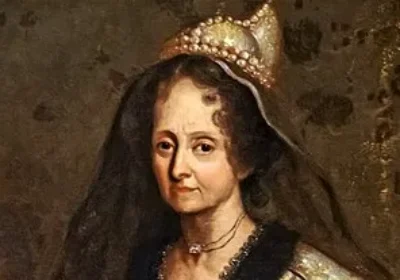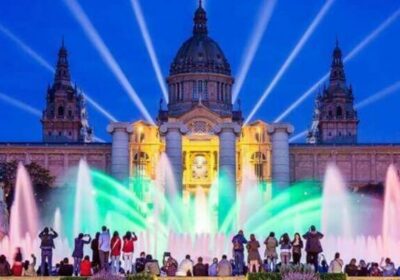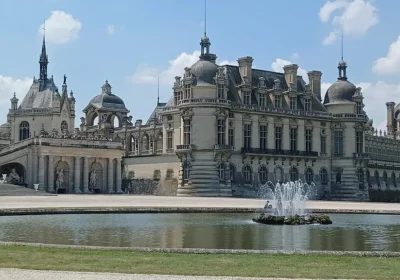The Reggia di Venaria palace and park complex is located 10 kilometres from Turin and is on the UNESCO list of the Savoy royal residences, a UNESCO Heritage of Humanity.
The Royal Palace of Reggia di Venaria is a unique monument of history, architecture and landscape design in Italy, and is prominent among the largest palace complexes in the world.
Turin is considered one of the largest and most beautiful cities in northern Italy, with a history dating back to the first mention of it in the 3rd century B.C.
The Royal Palace of Venaria is one of the main residences of the Savoy dynasty in Piedmont. The site for its construction was chosen along the ancient settlement of Venaria. The views of the Alpine mountains, the neighbourhood of game-rich forests and the fascinating view of the spacious fields determined the choice of the architects.
The construction of the palace and park complex began during the reign of Charles Emmanuel II, Duke of Savoy, in 1658 and lasted 21 years. The Duke engaged the court masters Carlo di Castelmonte and Amadeo di Castelmonte to design and build the complex. Later, from 1699, the architect Michelangelo Garovet was commissioned by Victor Amadeus II, son of Charles Emmanuel II, to modify the design of the palace. The garden, originally laid out in the Italian style, took on the shape and layout of a French garden.
At that time, France was still dictating Europe’s taste in fashion and architecture. The opulent ceremonial residence of the French kings at Versailles was an object of desire and imitation for the Italian rulers. In the first half of the 17th century, subsequent members of the Savoy dynasty continued the construction and improvement of the palace complex: new halls and galleries were built, valuable artworks were acquired, and the landscape was constantly updated with new projects.
The decline of the palace complex began in 1706 with the invasion of Italy by French armies. The northern lands of Italy were repeatedly annexed by the French Empire. Napoleon’s military campaigns in Italy, which lasted until 1814, caused irreparable damage to the Palazzo Venezia.
After Napoleon’s expulsion, the Royal Palace remained at the disposal of the Italian military until 1978, when the Italian Ministry of Culture bought it. Work on the restoration of the palace complex began in 1998, and most of it was completed in 2007 with the inauguration.
Open all days except Mondays, 24-25 December, 1 January, 1 May.
All days except Mondays, 24-25 December, 1 January, 1 May.
All days except Mondays, 24-25 December, 1 January, 1 May.

















